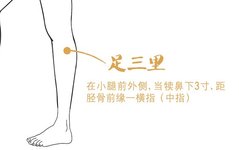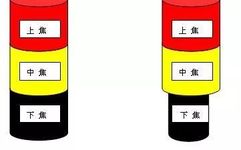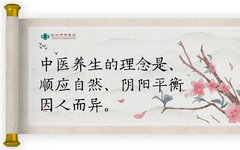The Essence of Medicine: Achieving Health through Yin-Yang Balance
The mind and body of a person are interdependent. An optimistic and proactive spirit represents Yang, while a pessimistic and negative spirit represents Yin. Qian Duoduo, burdened by negative emotions, found her body overwhelmed, leading to a decline in immune function and a failure of the Ying and Wei (营卫) systems, placing her in a … Read more








